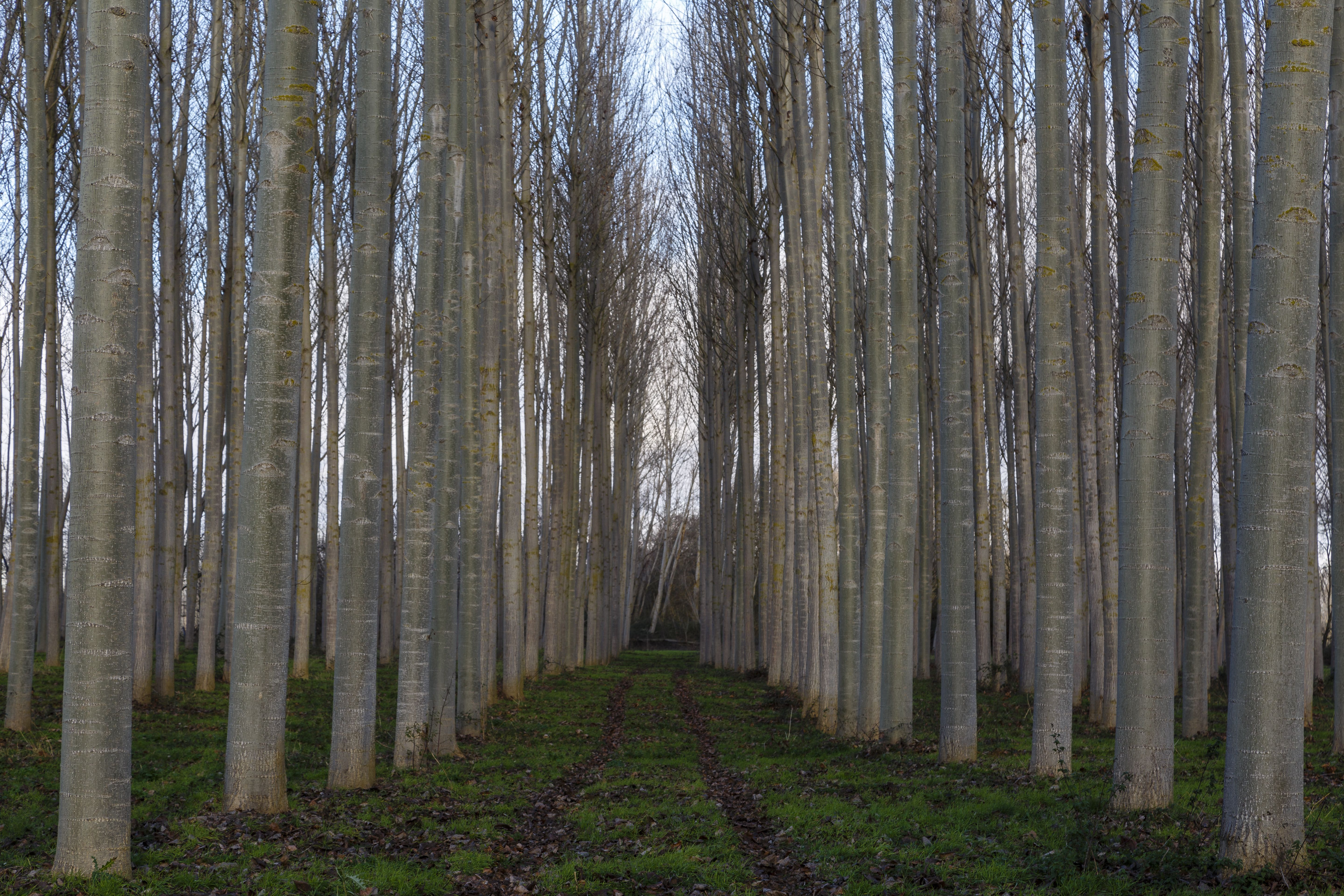What you should know about sustainable wood
Read the featured articleThese days, it’s very common to hear people talk about sustainability, caring about our environment, and the need to ensure the future of our planet. However, what does all this actually mean?
In this article, we’ll discuss what sustainability means in relation to wood products and manufacturing and give you some tips on how to ensure that all of your future projects are benefiting the environment.
So what exactly is sustainable wood? It’s easy: sustainable wood comes from sustainably managed forests, which meet the following criteria:
- Sustainable forests are managed to ensure that the land is cared for and can continue to grow trees in the future, instead of just focusing on short-term gains.
- These forests also strategically grow fast-growing trees, such as poplar or birch, to ensure that even once the trees are cut down, new ones can grow quickly to replace them.
- In sustainably managed forests, the entire ecosystem is also kept in mind. This means that the forests fall under regional or governmental control to ensure that guidelines are kept. Although this seems like an easy way to ensure that our forests are used correctly, just 8% of the world’s forests are properly protected by regulations.
But, there are more negative consequences to society from unsustainable farming practices than just to the environment. Frequently, because unsustainable farms are not regulated, they can lead to human rights violations, deforestation, threatening endangered species, and removing indigenous tribes from their land. How? Because when farms are not sustainably regulated, they end up being rendered useless after just a few harvests, taking away a valuable resource for not just the local community, but also the animals that live there and the important work trees do of removing carbon dioxide from the air.
Examples of Sustainable Wood
So, now that we know why it’s so important to use sustainable wood, how do we choose it? How do we know that it is truly sustainable? Below, we’ll answer some of the most important questions when it comes to ensuring your wood choice is sustainable.
- Is the wood fast-growing? Fast-growing wood is key because when trees grow fast, it means that the forest can be replenished quickly, without having to wait for slow-growing trees to emerge.
- Is the forest controlled by local or global regulations? Across the world, there are many certifying bodies that provide guidelines that forests must follow in order to be qualified as sustainable. If you’re unsure about what those guidelines mean, research organizations such as PEFC, the Programme for the Endorsement of Forest Certification or FSC, the Forest Stewardship Council, to read about their regulations and how they affect the local environment.
- Are there certain regulations I should look for? When buying your wood, ensure that the company provides information about where the wood comes from. Qualified forests are proud to display their certifications, and you can investigate the ones from your area to ensure that all regulations are being met.
- What are some kinds of sustainable wood? Less than 20% of wood sold in the US is sustainable and FSC-certified. However, there are some certain types of wood that are naturally sustainable and a good choice for your project. Poplar is one of the most sustainable species in the world, thanks to its high carbon capture rate, and its function as a biofilter when located on riverbanks. . Other types of sustainable materials include oak, mahogany, maple, and pine.
- How can I make sure the companies I buy from are sustainable? Choosing a company that is dedicated to the sustainable development of plantations and giving back to local communities is key to benefitting the environment, but it can be hard to determine which companies actually do those things. Check out their website and see what certifications and qualifications they boast, in addition to looking at what they say about sustainability and how they put their words into action through testimonials or case studies.

Choosing the right kind of sustainable wood for your project may seem like a challenge, but at Garnica, our commitment to sustainability means that we’re here for you every step of the way to ensure that you end up with the best possible product that also positively impacts the environment. If you have any questions or doubts, feel free to contact us and we’d be happy to help.
